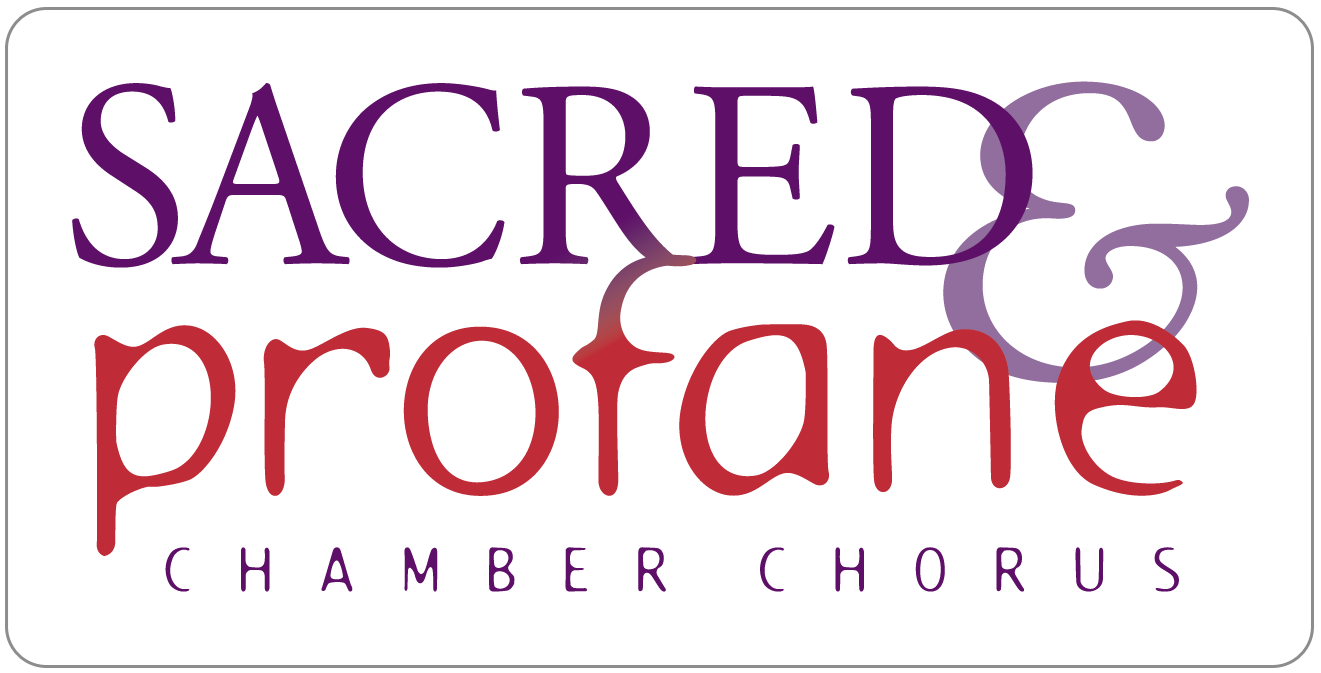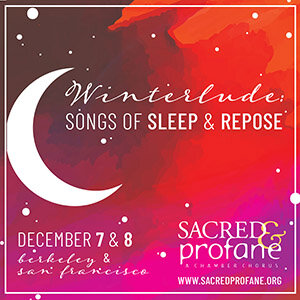Dear Friend of Sacred & Profane,
As you are aware, the situation regarding COVID-19 is evolving rapidly and raising precautionary action throughout our local communities. We have been closely monitoring the situation with Federal, State, and Local agencies to ensure the health and safety of S&P’s patrons, performers, employees, and volunteers.
It is with a heavy heart that we have made the decision to cancel our upcoming performances of Luminous Resonance: Music for Chorus and Strings this March 13 and 14. While we are eager to share this incredible music with you, we realize that the health and safety of our musical and greater community should take precedence as we all navigate this uncertain time together in light of city mandates. We are working with our venues and orchestra musicians to reschedule the concerts for next season.
The following options are available to those who have already purchased tickets:
Exchange:
You may transfer your ticket purchase to attend one of our future May concerts.
Donate:
If you would like to show your support and help us divert the great financial impact this has on our organization, we will gladly convert the value of your ticket to a tax-deductible donation and send you an acknowledgement letter.
Refund:
We will refund the value of your ticket upon request through the scheduled performances.
Please contact us if you would like to utilize any of these options.
We are incredibly grateful for your support of Sacred and Profane. Thank you for your patience and understanding as we make these difficult decisions alongside other local organizations. If you have any questions or concerns, please reach out to our Choral Administrator, Michelle Lee at sacredprofane@gmail.com.
On behalf of our Board, Artistic Director, staff, and singers, we're wishing you all good health. We hope to see you at a concert again soon.
Best Regards,
Sacred and Profane, A Chamber Chorus
If you hadn’t purchased tickets previously, and would like to show your support to help us recoup some of the costs of cencellation, you can make a tax-deductible donation below. Thank you for your continued patronage of Sacred and Profane.





















